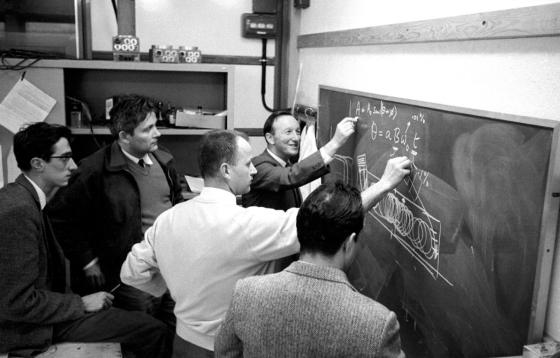-
-
Dipartimento di Fisica - A500
-
Seminar
Speakers
Details
The interpretation of hadron collider, such as the LHC, data, and the assessment of possible hints of new physics, require the precise knowledge of the proton structure in terms of parton distribution functions (PDFs). In this talk, I present a systematic methodology designed to determine whether and how global PDF fits might inadvertently 'fit away' signs of new physics in the high-energy tails of the distributions. I showcase a scenario for the High- Luminosity LHC, in which the PDFs may completely absorb such signs of new physics, thus biasing theoretical predictions and interpretations. I discuss strategies to single out the effects in this scenario and disentangle the inconsistencies that stem from them. A first solution I discuss is the exploration of the synergy between the high luminosity programme at the LHC and present and future low-energy measurements of large-sea quark distributions. A second one, is to fit simultaneously the PDFs and the new physics signals, which can be done using our publicly released open-source tool SIMUnet.


